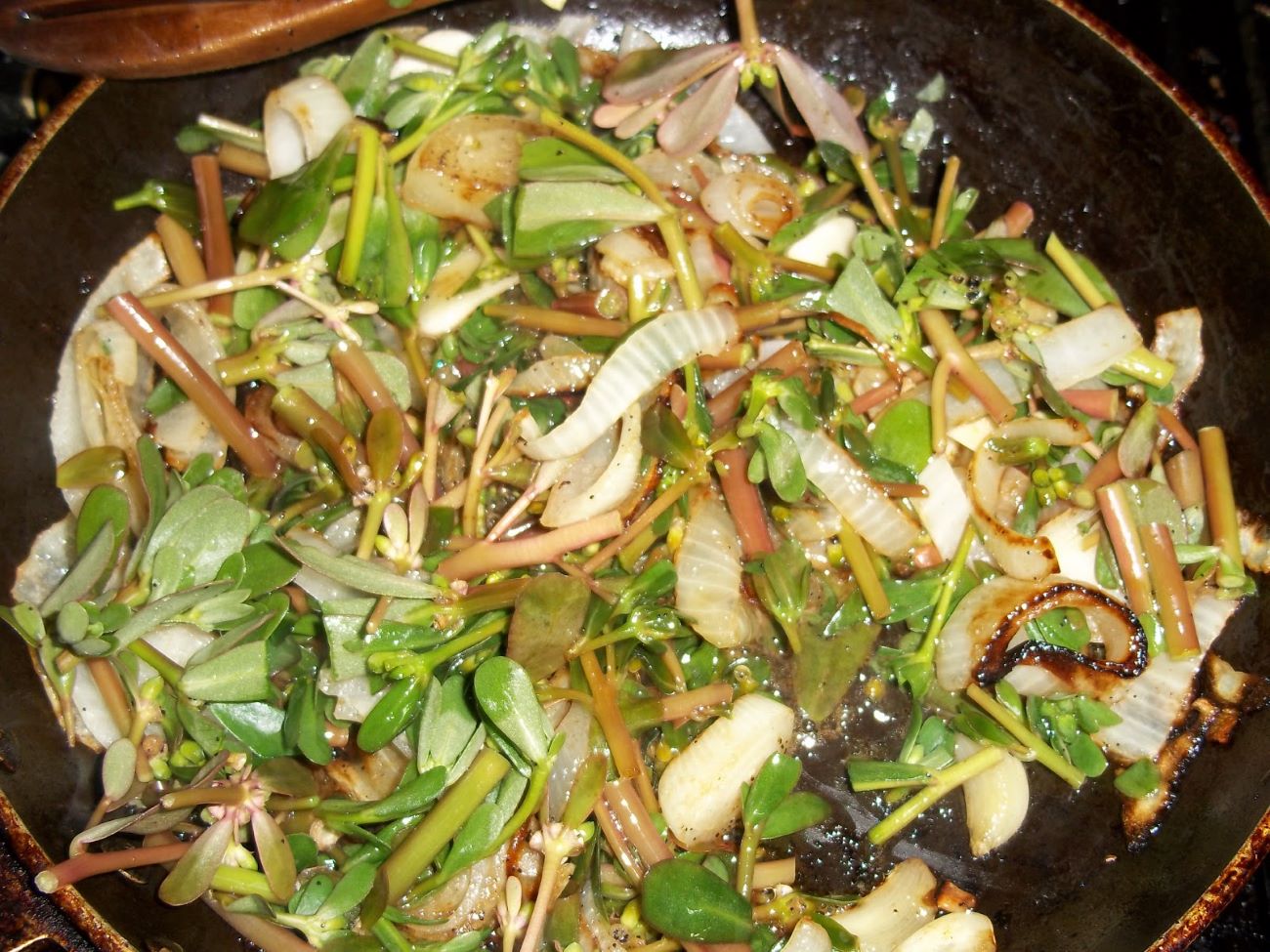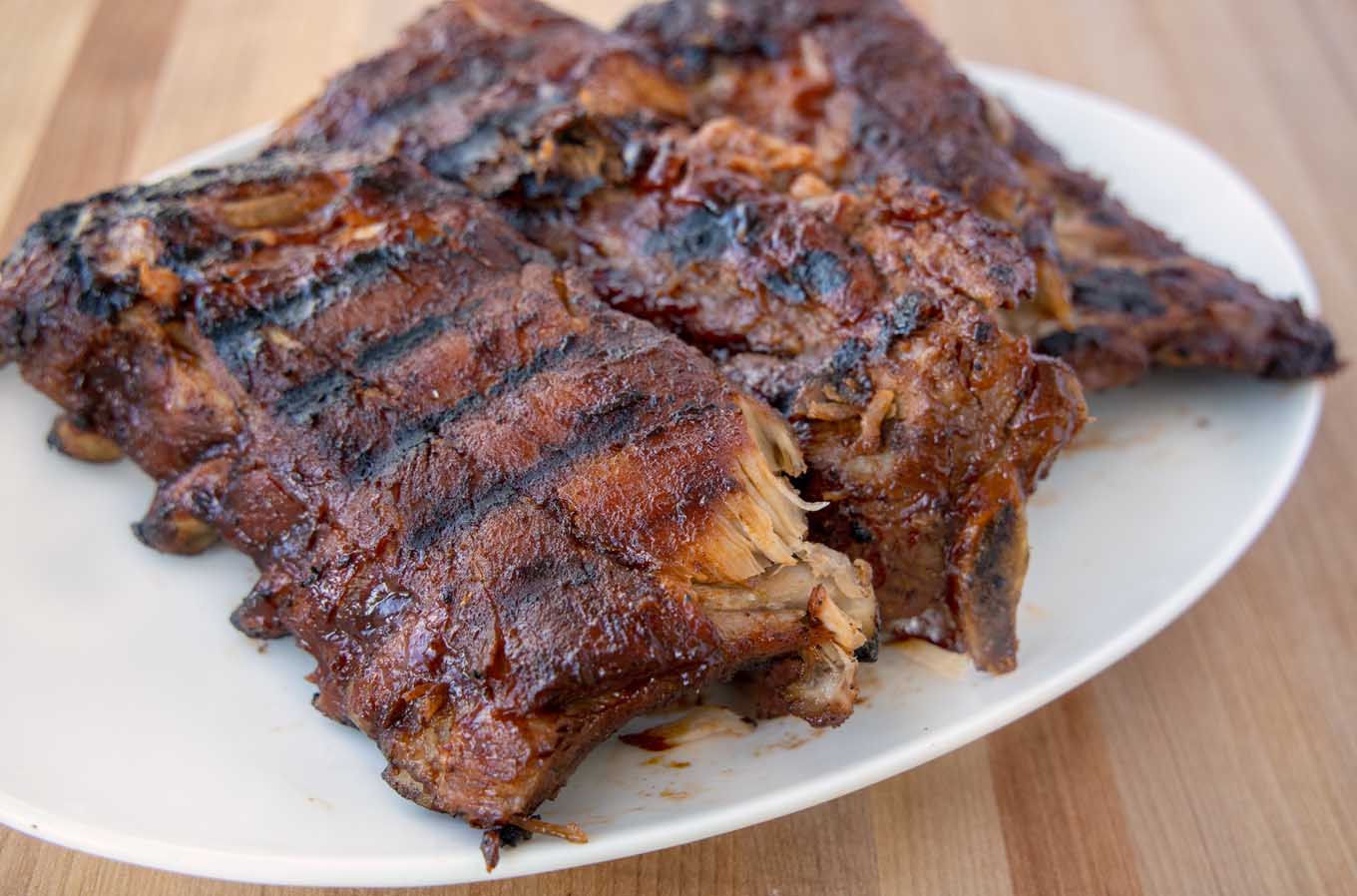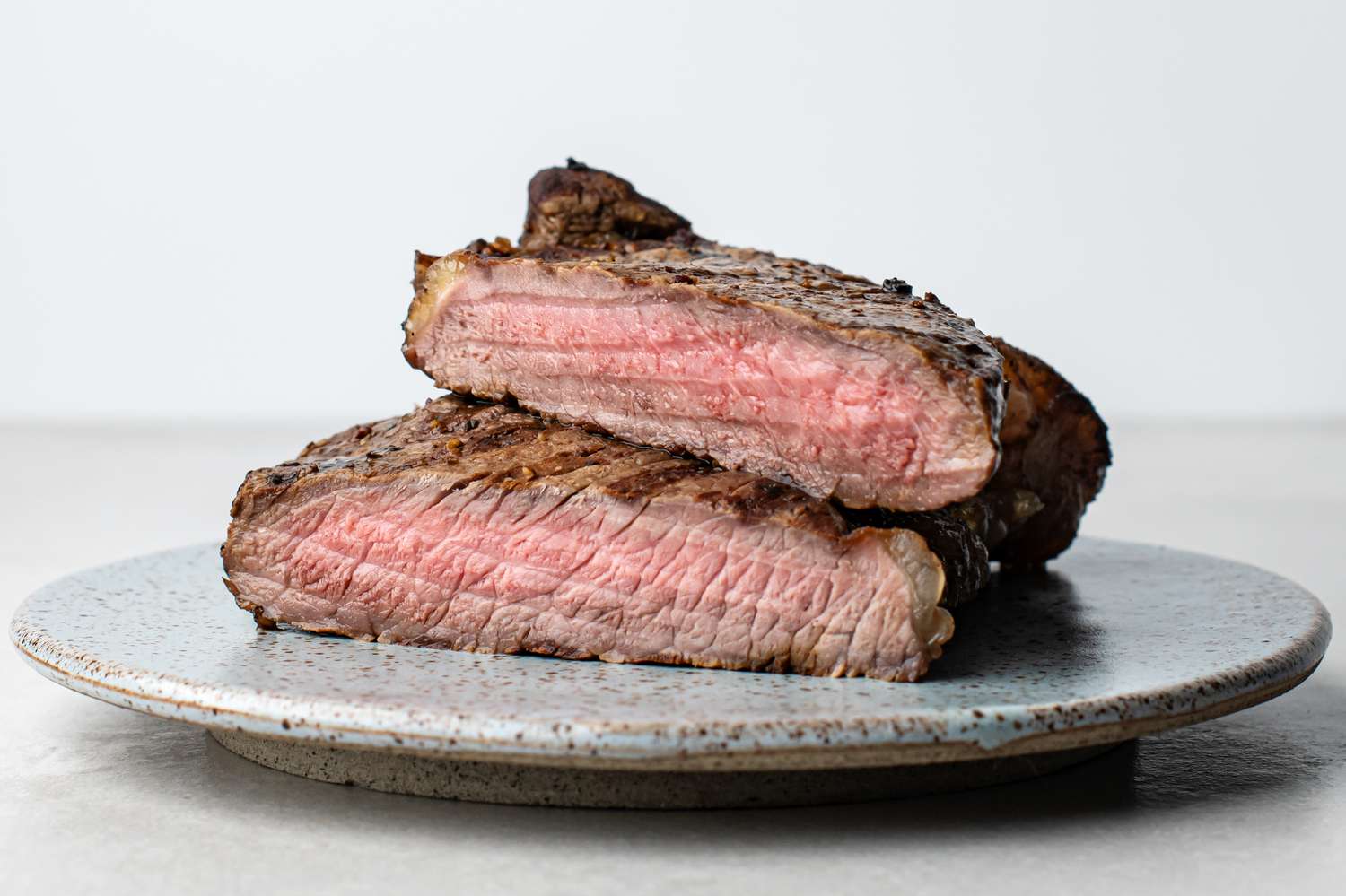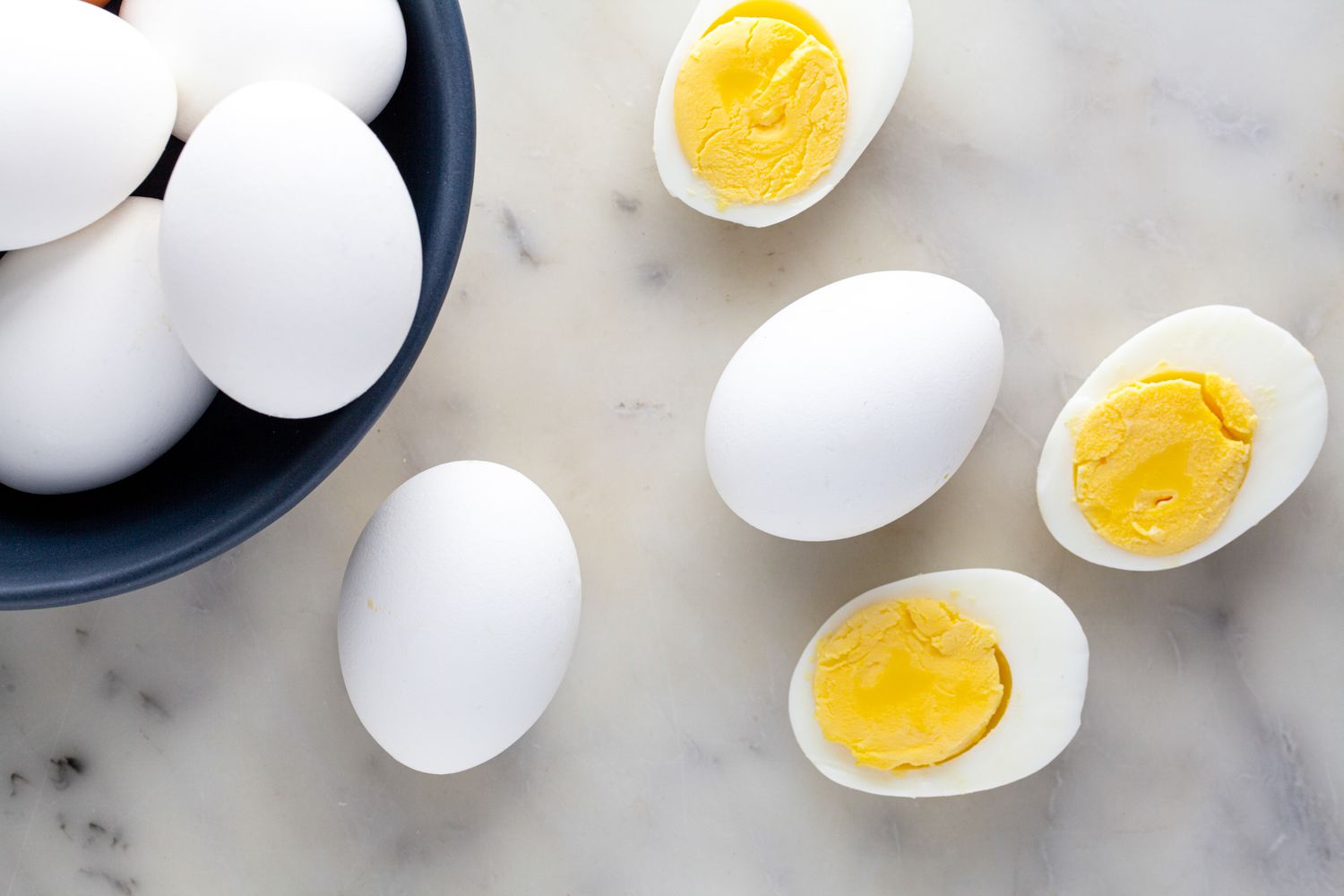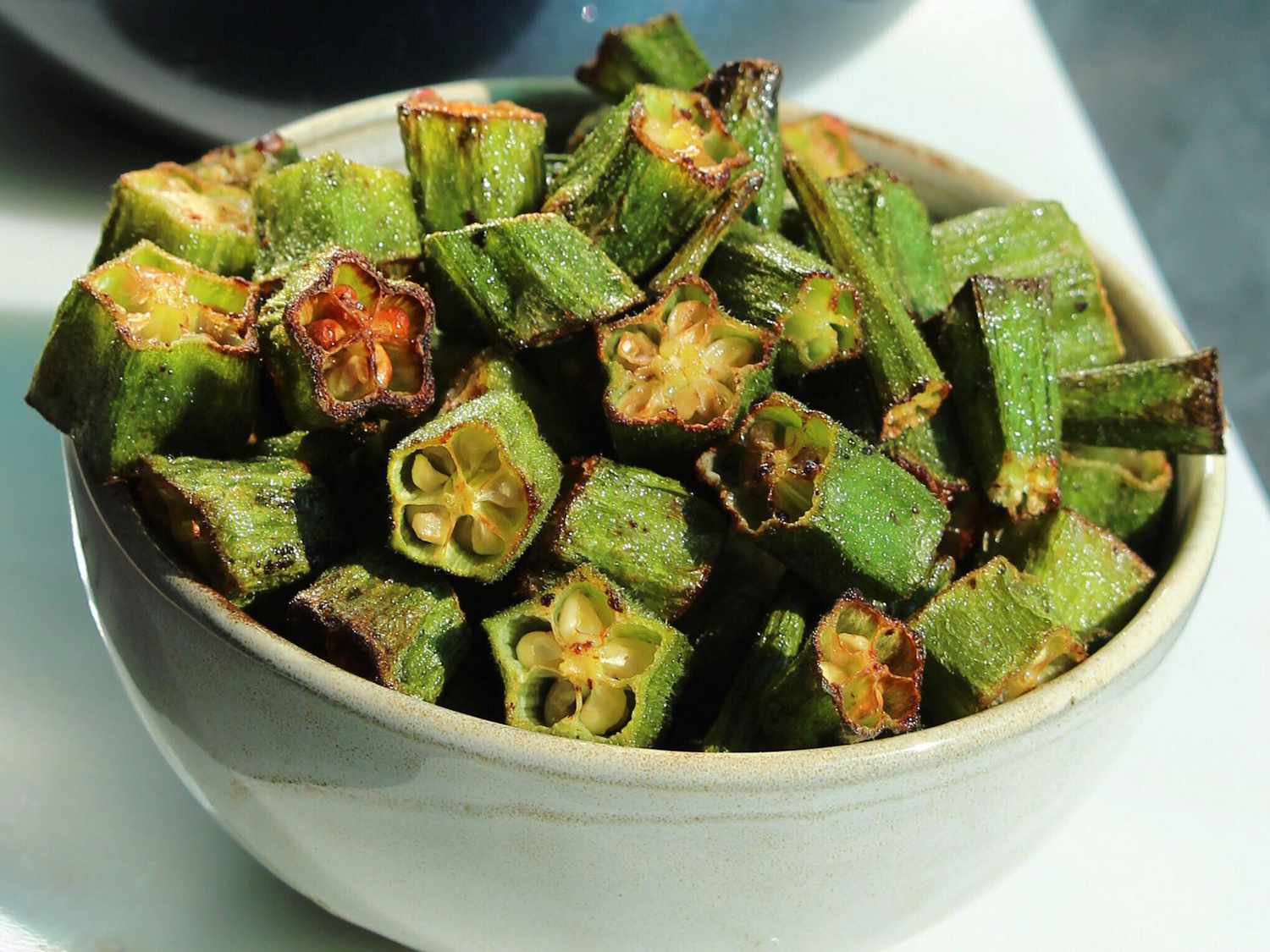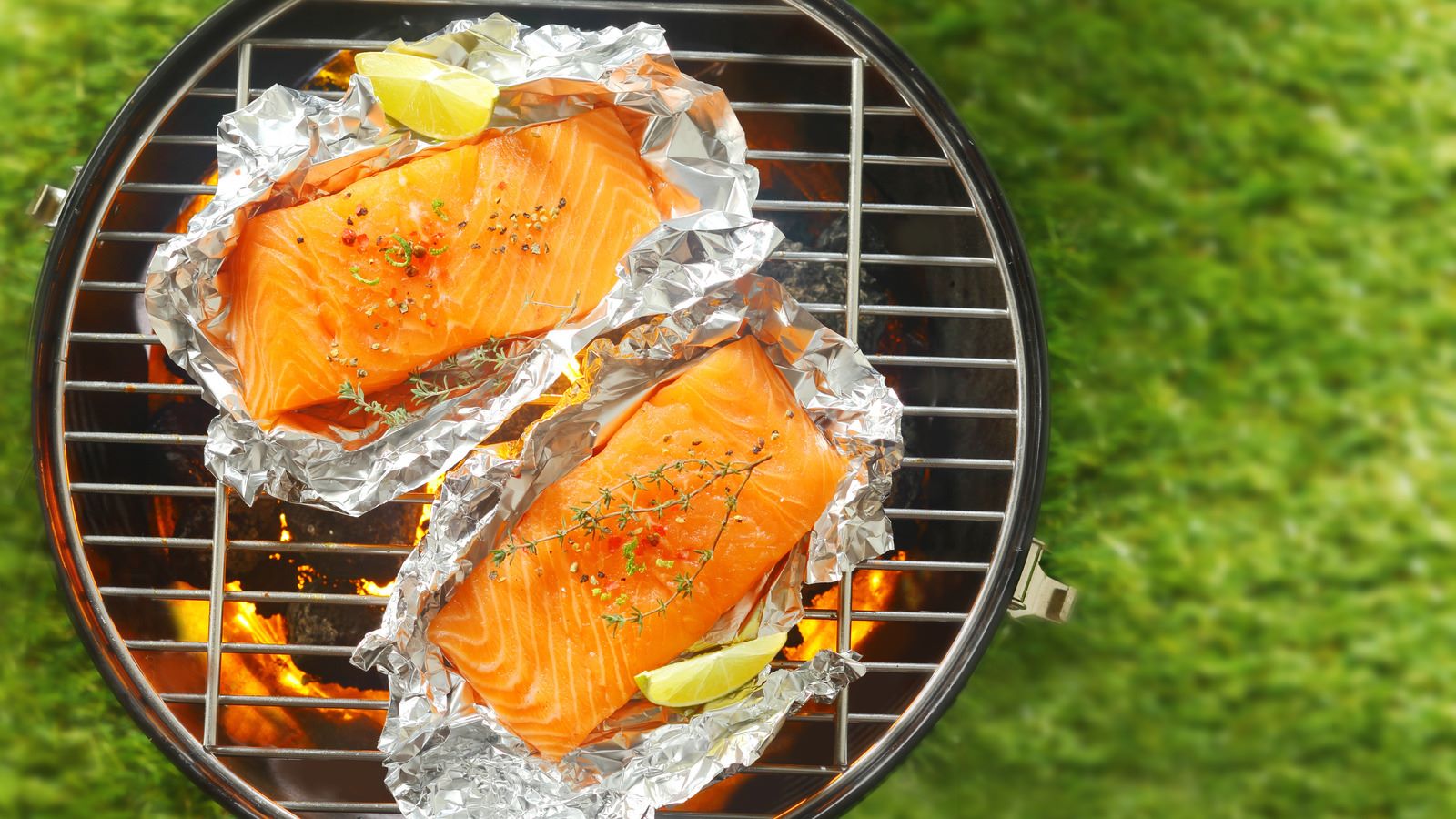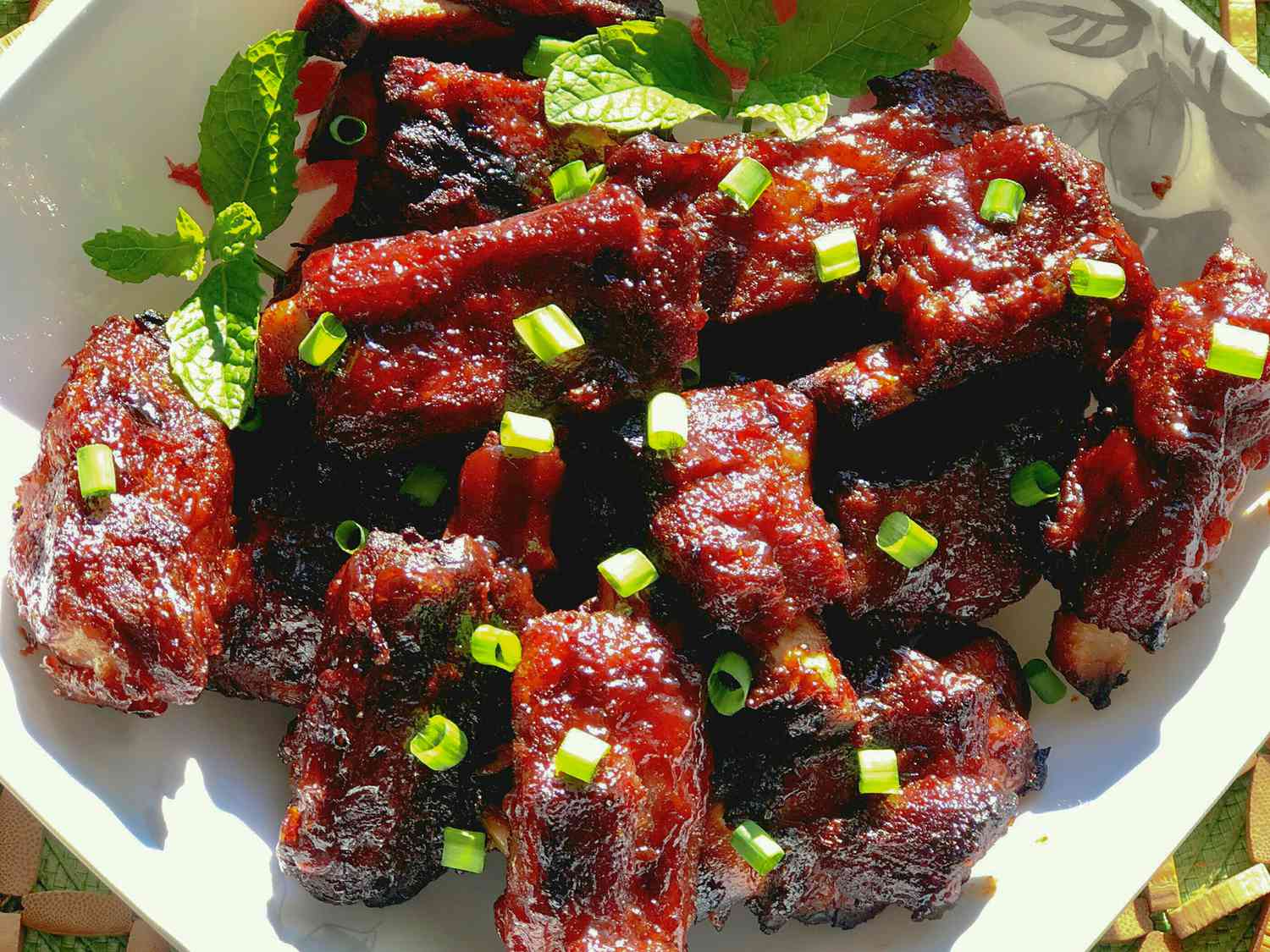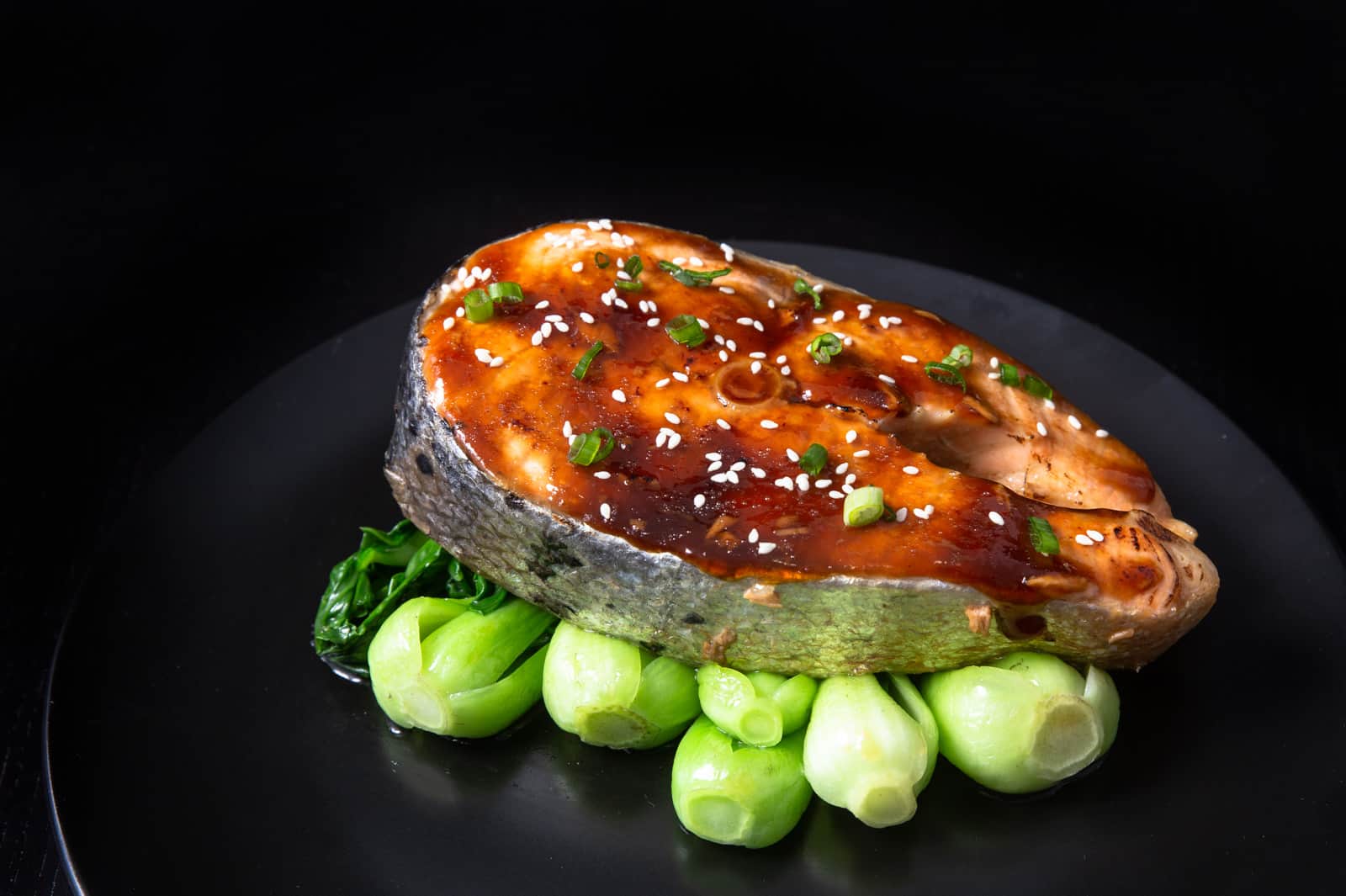How To Cook Dried White Beans
White beans are a versatile and nutritious ingredient that can be used in a variety of delicious dishes. Whether you’re looking to make a hearty soup, a creamy dip, or a satisfying main course, learning how to properly cook dried white beans is essential. Follow these simple steps to unlock the full potential of these tasty legumes!
1. Soaking the Beans
- Start by sorting through the dried white beans, removing any debris or discolored beans.
- Rinse the beans under cold running water to remove any dust or dirt.
- Transfer the beans to a large bowl and cover them with cold water.
- Allow the beans to soak for at least 6-8 hours or overnight.
- Soaking helps to soften the beans, reduce their cooking time, and make them easier to digest.
2. Cooking the Beans
- Once the beans have finished soaking, drain and rinse them again.
- Place the beans in a large pot and cover them with fresh water.
- For every cup of dried beans, add about 3 cups of water.
- Bring the water to a boil over high heat, then reduce the heat to low and cover the pot.
- Simmer the beans for approximately 1-2 hours, or until they are tender but not mushy.
- Remember to check the water level periodically and add more if needed to ensure the beans are always covered.
3. Seasoning the Beans
- Once the beans are cooked, drain them and return them to the pot.
- Now it’s time to add flavor! You can season the beans with salt, pepper, garlic, herbs, or any other spices of your choice.
- Cook the seasoned beans on low heat for an additional 10-15 minutes to let the flavors meld together.
4. Serving Suggestions
- Cooked white beans can be used in a variety of dishes. They are a great addition to soups, stews, salads, and even pasta dishes.
- You can also mash the beans to create a creamy and flavorful bean dip or spread.
- Consider adding cooked white beans to your favorite chili recipe to add an extra boost of protein and fiber.
- Don’t forget to garnish your dishes with fresh herbs, grated cheese, or a drizzle of olive oil for an extra touch of deliciousness.
Now that you know how to cook dried white beans, the culinary possibilities are endless. Get creative in the kitchen and enjoy the rich and creamy texture of these nutritious legumes. Happy cooking!
For those looking to make the most out of their dried white beans, there are several must-try recipes that highlight their versatility and flavor. Start with a hearty White Bean and Sausage Stew Recipe, perfect for a cozy dinner. If you're in the mood for something lighter, the White Bean and Spinach Salad Recipe offers a refreshing yet satisfying option. For a delicious appetizer, the White Bean and Garlic Spread Recipe pairs wonderfully with fresh bread or crackers. For a nutritious and comforting meal, try the Tuscan White Bean Soup Recipe. Each of these recipes showcases the humble white bean in unique and delicious ways, making them excellent choices to practice your bean-cooking skills.
Was this page helpful?
Read Next: How To Cook Bone In Short Ribs
